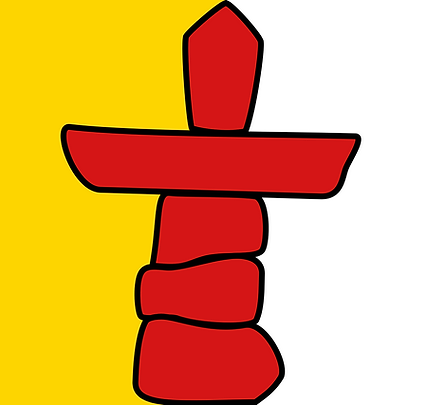1982-Present Canadian Identity Task
The Creation Of Nunavut


E1.Social, Economic, and Political Context: Describe some key social, economic, and political events, trends, and developments in Canada from 1982 to the present, and Assess their significance for different groups in Canada- The Creation Of Nunavut
The name “Nunavut” is an Inuktitut (Inuit language) word which translates to our land. Nunavut is the newest and largest territory in Canada as well the northernmost territory in Canada. Nunavut became an independent territory after separation from the Northwest Territories on April 1s, 1999. The creation of the new territory of Nunavut was the outcome of the largest aboriginal land claim agreement between the Native Inuit and the Canadian government. During the 1960’s and 70’s many aboriginal groups brought several claims against the Alaskan and Canadian government because of the oil discoveries in the Northern regions of Canada. The Inuit people make up 85% of Nunavut’s population are one of the first Indigenous people in the Americas to achieve self-government. Self-government has been a goal for the Inuit people in the Northwest territories since the early 1970’s. Also, Nunavut contains many economic and social issues including: poverty, housing shortages, extremely high unemployment rates etc. The riches found in Nunavut’s natural resources can establish a strong economic base, however, public investments are necessary to ensure that this activity will overall have a positive impact on the quality of life in Nunavut.
The creation of Nunavut affected a number of people but mostly the Indigenous people of Canada because this is proof that their voices are being heard and the aboriginal land claims are vital to the growth and prosperity of its aboriginal communities. Also because, It's Inuit population inherited 3 designations of land that were chosen by the inuit people. “1) Crown lands over which Inuit have the right to hunt, trap, fish and participate in management; 2) 318 084 km2 of land that is Inuit freehold property as far as surface rights are concerned; and 3) 37 883 km2 of land on which subsurface rights are included with the surface freehold” (under the Nunavut Land Settlement Agreement, in June 1993).
In conclusion, the creation of Nunavut resulted in the first major change to Canada’s map since the addition of Newfoundland and Labrador in 1949. The separation of the Northwest Territories, and the creation of Nunavut is a sign that the Inuit and First Nations people still keep their land, a voice in the decisions being made about Canada’s land as well as, significantly affecting the inuit people the most.

